Ertach Kernow - St Clement village an idyllic & Burials in Truro
Returning from a trip to the Lizard and the village communities of Cury and Gunwalloe, William and I returned via Truro, where I need to make a side trip to Truro Public Cemetery. Beforehand we went on a little further to St Clement a lovely riverside village with a historic church. The parish of St Clement originally called Moresk the manor there became the property of the earldom of Cornwall, later the Duchy.
The Domesday Book records it as belonging to Count Robert of Mortain as tenant-in-chief, to his half-brother King William I in 1086, before the conquest to Lord Ordwulf. The early traveller William of Worcester who wrote his itinerary of Cornwall during the reign of Edward IV mentions the castle of Moresk, then in ruins. He suggested this was the residence of Edmund Earl of Cornwall (1272-1300). Whether or not this was a castle, or a fortified or crenelated manor house is unknown and by 17th century only old walls are recorded. The 1879 Ordnance Survey marks Moresk Castle and the 1809 map shows a building on that site. There is nothing there today although a lidar map show a few lumps and bumps in that area. An earlier castle mentioned in the 15th century having been destroyed could possibly been an ancient hillfort or adulterine castle ordered to be destroyed.
The Church is lovely, built on the site of an earlier chapel it was dedicated by Bishop Bronescombe of Exeter in 1259. Enlarged during the 14th and 15th centuries it was sadly like many churches substantially and unsympathetic restored during the Victorian period. Features and murals discovered up to 1849 were unfortunately destroyed in 1865. Cornish architect and writer Edmund Sedding is scathing about the rebuilding work calling it a ‘lamentable mutilation’. Some earlier text and drawings prior to the rebuilding fortunately exist and will be included on our webpage relating to this article. The tower has three medieval bells, a date on the tower of 1326 helps illustrate the three stages of construction. Outside there is an interesting 19th century lychgate and the churchyard surrounding the church is both interesting and beautiful. There is an ancient Cornish memorial stone some 2.77 metres high with the inscription `VITALI FILI TORRICI' translating as Vitalus son of Torricus and IGNIOC' a personal name.
As with many historic settlements in Cornwall there is a holy well. St Clement has one that was mentioned in a charter c1190. This defines lands given by Matilda daughter to the earl of Cornwall to the monks at St Michael’s Mount. This looks as if it could have been Maude, daughter of Earl Reginald de Dunstanville, who died during that year.
The village is delightful, and we had the good fortune to meet a long-time resident Mrs Dinah Rowe nee Tonkin of good Cornish stock. Sadly, she tells us the village has now become uninhabited by local Cornish families and that she is the last. This is just so typical now with some villages in Cornwall with house prices so high local born folk can’t afford to live there often becoming ghost settlements with 2nd homes in the winter. Mrs Rowe kindly gave me a cutting from her beautiful blue hydrangea. The views across the river are wonderful with wild birds in the riverside bushes and on the water, it’s idyllic.
So, after a very pleasant couple of hours wandering and exploring St Clement village and a chat with the local Cornish resident it was off to Truro Public Cemetery. The interest in genealogy and family history has grown since the 19th century, more so over the past 20 years due to television programmes and the ability to research online from home. Researchers have recently been given other tools with DNA testing linking results to online family trees and contacts worldwide. It was the result of this that led to my first visit to this cemetery where I hoped to find two of my newly discovered great grandparents buried there.
This is an opportunity to give a brief historic overview of burials in Truro, with special reference to St Mary’s as the St Clement’s Hill cemetery was not the only place of burial in Truro. There was originally a small churchyard for burials around the medieval St Mary’s Church where the Cathedral now stands. Renovations to the church in the 1740’s led to many tombs and bones being removed and dumped along the riverside behind the Bear Inn. This lay at the top of Old Bridge Street close to St Mary’s Church. Many churches seem to lie below the level of the surrounding churchyard, this is due to burials being made on top of earlier burials eventually raising the level of ground around the church. About 1754 alterations led to little respect for burials being shown when they lowered the level of the churchyard with considerable number of bones being again dumped behind the Bear Inn. An iron railing was erected around the churchyard, described by C S Gilbert who wrote in 1820 ‘this burial ground is no longer used as such and is enclosed by a wall about four feet high surrounded by lofty pallisadoes and lamps at proper intervals.’ Burials for the wealthy had also been carried out in the church beneath the pews and in the aisles, in 1777 the cost of this was raised to a minimum of five pounds.
By 1780 facilities for burial at the church were desperate and a new burial ground was urgently required. A field belonging to the Corporation near Castle Hill was given to the parish of St Mary as a burial ground for inhabitants. A condition was attached that from 1803 onwards there would be no further burials in the church or churchyard. With the establishment of St Mary’s Burial Ground a chapel had been built there at a cost of £60. An enlargement to this burial ground was required in 1805 and consecrated that year with a further extension in 1854. By 1847 the chapel had been extended and was used as a chapel of ease.
Burial practices had evolved during the 19th century away from burial in consecrated ground, and this practice was very widespread in London. In Truro a private company had set up a cemetery on St Clement’s Hill in 1840. Regrettably the burial records have been lost but by 1889 the old part of this had become disused apart from family vaults with the company running it seemingly unable to make sufficient profit. Reports of mismanagement and other unfortunate practices abounded from some of these private cemeteries, including Truro Cemetery, where they crammed bodies in on top on one another and often minimal ground cover. This led to animals uncovering bodies and even bodies exploding out of their graves. By 1890 the Corporation were able to stop most new burials due to the scandal and made moves to create a new public cemetery. There had been moves by the church to again extend the consecrated St Mary’s Burial Ground in 1885.
In 1894 Truro Corporation a new cemetery was dedicated on St Clement’s Hill covering 4.5 acres with imposing iron gates and an attractive chapel that would accommodate about 200 people. That the council would not allow any portion of it to be consecrated went down badly with the clergy and followers of the Church of England. Letters of refusal to attend were sent by leading churchmen including the bishop. By 1899 plans were in place for remedial work to be done on the old cemetery prior to being taken over by the City Council.
Back to my family search, given the area of the cemetery I was very fortunate to find Frederick and Emily after about 10 minutes. I’m very pleased to have discovered them and now have a Truro family connection to add to other towns throughout Cornwall. It’s also been interesting finding out about Frederick’s work and business as a brush maker and employer with premises in Truro.
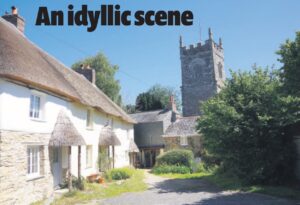
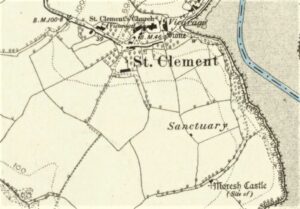

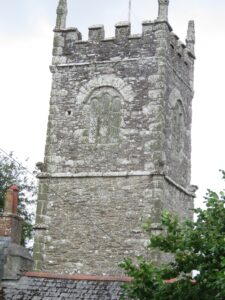
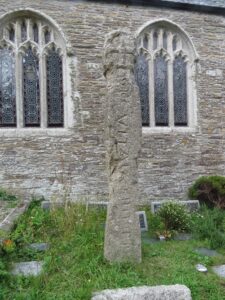

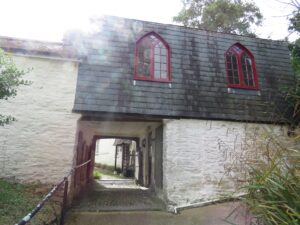
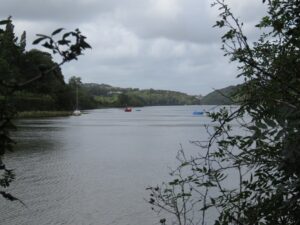
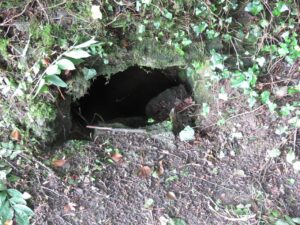
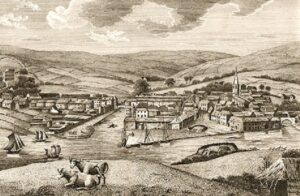
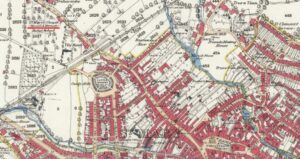
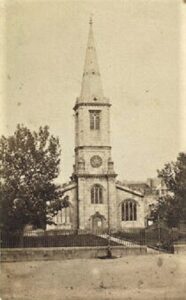
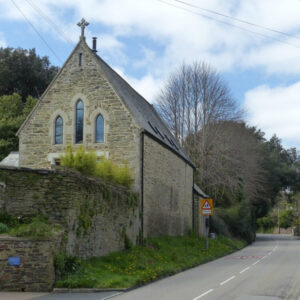
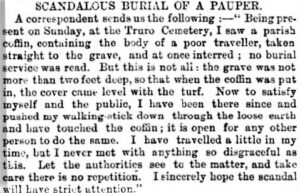
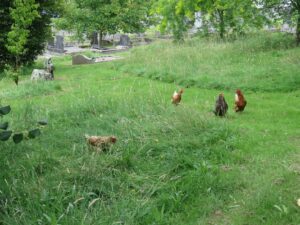
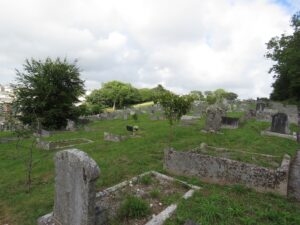
![[62] Voice - Ertach Kernow- 010921A - An Idyllic Scene St Clement [S] Ertach Kernow - An Idyllic Scene St Clement & burials in Truro](https://www.cornwallheritage.com/wp-content/uploads/2021/09/62-Voice-Ertach-Kernow-010921A-An-Idyllic-Scene-St-Clement-S-230x300.jpg)
![[62] Voice - Ertach Kernow- 010921B - An Idyllic Scene St Clement [S] Ertach Kernow - An Idyllic Scene St Clement & burials in Truro](https://www.cornwallheritage.com/wp-content/uploads/2021/09/62-Voice-Ertach-Kernow-010921B-An-Idyllic-Scene-St-Clement-S-230x300.jpg)
![[62] Ertach Kernow Heritage Column - 01 September 2021 - Sharing our heritage (the work of Gorsedh Kernow and its bards 01 September 2021 - Sharing our heritage (the work of Gorsedh Kernow and its bards)](https://www.cornwallheritage.com/wp-content/uploads/2021/09/62_ER1-275x300.jpg)